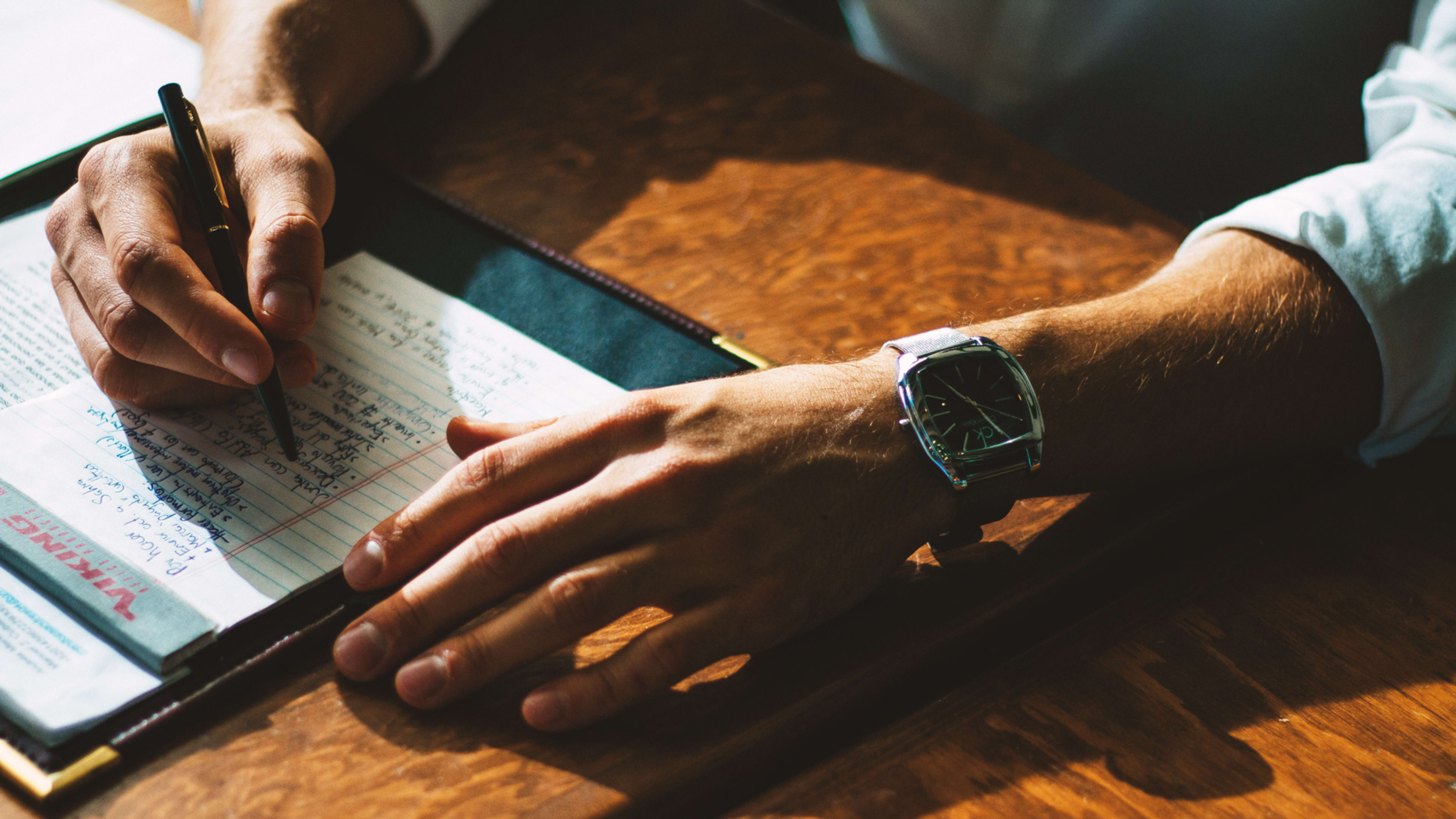If you want to remember something, write it down—by hand.
A new study from the University of Tokyo concludes that writing with a stylus or typing on a touchscreen keyboard just isn’t the same as handwriting. “Our take-home message is to use paper notebooks for information you need to learn or memorize,” noted coauthor Kuniyoshi Sakai, a neuroscientist at the University of Tokyo.
Handwriting likely facilitates learning and memorization because of the numerous one-of-a-kind physical cues it provides: the shapes of your letters, the tactile feel of the paper and pen, the location of your words on the page, and details like folded corners, ink color, and other marks on the page. Your brain absorbs all of these pieces of information, which can later serve as triggers so that you more precisely pull the information from your memory.
By comparison, when you enter information into a phone or tablet, your words have no fixed position and then disappear when you close the app, leaving substantially less tactile and spatial information for your mind to absorb.
For the study, 48 participants were asked to take notes on a conversation about a student schedule, jotting down the discussed schedule (including 14 appointments, assignment due dates, and class times). Some participants wrote with pen and paper while others used a stylus on a tablet or a touchscreen keyboard on a large phone. An hour later, all were asked to recall the information while undergoing MRI scans.
The hand writers remembered the schedule more accurately, and their brains displayed far more brain activity in areas associated with language, memory, navigation, and visualization, the latter two of which indicate that the mind’s eye is recalling some of the information, say the researchers.
Notably, handwriting was also up to a third faster: The paper-and-pen writers averaged 11 minutes to take their notes, while stylus-on-a-tablet users took 14 minutes, and those who typed on the touchscreen of a large smart phone took 16 minutes.
The researchers suggest a few tips for better learning:
- Write notes in books. This is far superior to trying to remember something you read on a webpage or Kindle book. For example, “if you remember a physical textbook printed on paper, you can close your eyes and visualize the photo one-third of the way down on the left-side page, as well as the notes you added in the bottom margin,” says Sakai.
- Add unique visual notes to digital documents. When you must read or write digitally, add spatial cues like virtual sticky notes, colored handwriting, and other one-of-a-kind marks.
- Stick with paper and pen for creative pursuits. “For art, composing music, or other creative works, I would emphasize the use of paper instead of digital methods,” says Sakai. “One’s creativity will likely become more fruitful if prior knowledge is stored with stronger learning.”
Just remember: Your memory loves one-of-a-kind spatial and tactile details, so when recall is the goal, you can’t go wrong with “spatial enrichment” like colors, arrows, and numbers, all created by your very own hand.
Recognize your brand’s excellence by applying to this year’s Brands That Matter Awards before the early-rate deadline, May 3.
